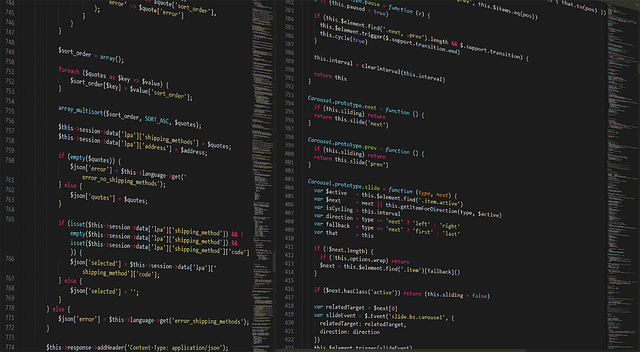Unlocking New Dimensions of Imagination
In the ever-evolving landscape of education, finding innovative ways to nurture creativity is paramount. Traditional methods, while foundational, sometimes fall short in captivating young minds and encouraging original thinking. This is where VR-based creativity development steps in, transforming the learning experience from passive consumption to immersive exploration.
Immersive Learning: Beyond the Classroom Walls
Imagine a classroom where students don VR headsets and instantly find themselves transported to an artist’s studio in Paris, an ancient civilization’s marketplace, or even a futuristic cityscape envisioned by their own minds. VR-based learning breaks the shackles of physical space, allowing learners to interact with dynamic environments and manipulate virtual objects firsthand. This kind of immersive experience sparks curiosity and inspires learners to think creatively in ways traditional textbooks can’t provide.
Encouraging Experimentation Without Fear
One of the significant barriers to creativity in education is the fear of making mistakes. VR provides a safe playground where trial and error are encouraged, and every experiment is a learning opportunity. Students can build, tear down, redesign, and reimagine their projects with instant feedback — fostering a growth mindset essential for creative development.
Bridging Abstract Concepts and Tangible Experience
Abstract ideas often pose challenges for learners, especially in subjects like science, technology, engineering, and mathematics (STEM). VR-based creativity development bridges this gap by turning intangible theories into interactive experiences. For instance, visualizing molecular structures in 3D or simulating environmental changes in real-time helps students grasp concepts more deeply while stimulating creative problem-solving skills.
Collaborative Creativity in a Virtual World
Creativity flourishes not only in solitude but also through collaboration. VR platforms enable students from different locations to meet in shared virtual spaces, fostering teamwork and collective brainstorming. This global connectivity enriches perspectives and encourages learners to explore diverse ideas, expanding their creative horizons beyond their immediate environment.
Empowering Educators and Learners Alike
Educators harnessing VR technology find new ways to design engaging lessons tailored to their students’ needs. Simultaneously, learners take control of their education, becoming active participants rather than passive recipients. This dual empowerment nurtures intrinsic motivation, making the learning process more enjoyable and effective.
Embracing the Future of Education
As we continue to explore the vast potential of technology in education, embracing VR-based creativity development is not just an option—it’s a necessity. By merging imagination with innovation, we open doors to a future where every learner can unlock their creative potential, paving the way for groundbreaking ideas and solutions that will shape the world.



